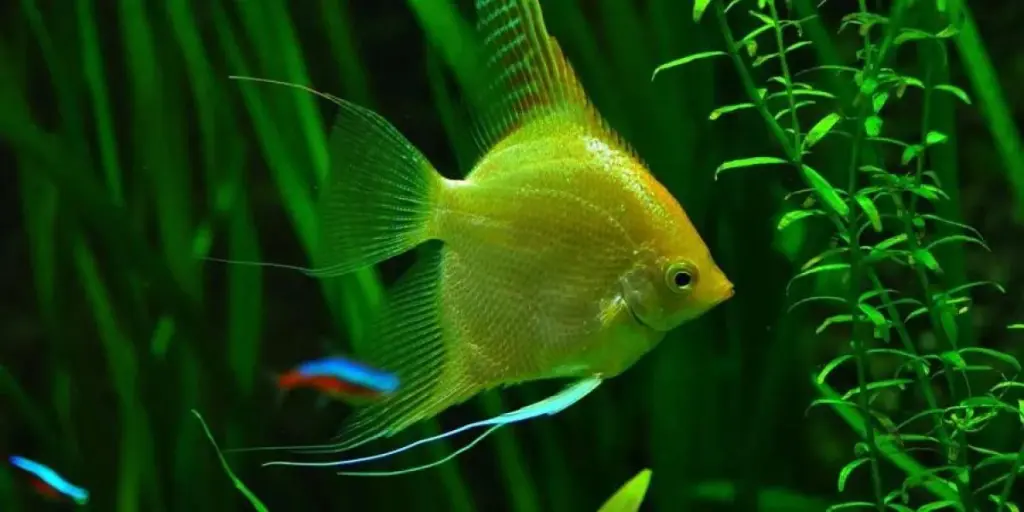Fishes are the most effortless pets to handle. However, building an aquarium can get really tough. Most consumers throw the towel before they even get started.
But that’s only the case when they don’t know the basics. In truth, the first aquarium was introduced by Jeanne Villrpreux-Power in the 19th century. Although it was for the wealthy at that time, recent developments have introduced consumer-friendly variants ranging from goldfish bowls to glass-sealed tanks.
This guide will explore different aquarium options and help businesses choose the perfect options to entice fishkeeping lovers.
Table of Contents
The demand for the aquarium & accessories market
Seven aquarium types to add to your catalog
Essential aquarium accessories that are worth mentioning
Things to consider before buying aquariums
Closing words
The demand for the aquarium & accessories market
The global aquarium & accessories market hit a $6,366.1 million value in 2021. Now, expert research projects the industry will expand to $8,636.3 million by 2028 at a CAGR of 4.4%.
Fishkeeping is a lucrative hobby, and more lifestyles seem to adjust to it. More consumers are engaging in the hobby, with North America leading the industry. The U.S. imports a massive number of fish species to meet consumer demands.
Factors like this also influence the market growth of the aquarium & accessories industry. The demand for fish pets is also increasing in other regions. Businesses can expect the industry to remain profitable in the coming years.
Seven aquarium types to add to your catalog
Freshwater tropical aquarium
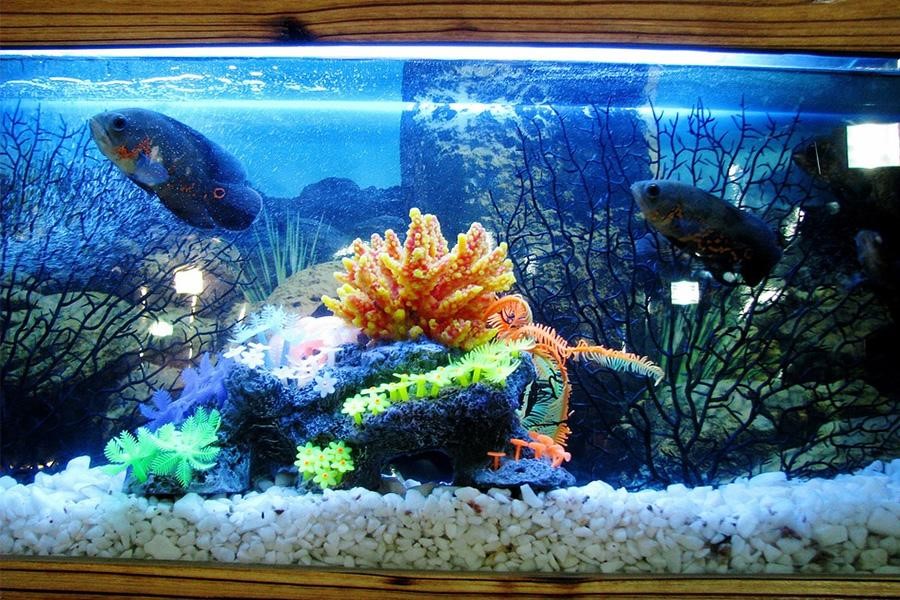
Freshwater tropical aquariums are entry-level fish tanks for newbies and experienced fish owners. They’re easy to maintain, and businesses don’t need to consider several factors before keeping them in stock.
One crucial factor retailers need to consider with freshwater aquariums is the water temperature. These tanks’ temperatures can be between 72 and 84 balmy degrees Fahrenheit.
One major selling point of freshwater tropical aquariums is how easy they are to run. Businesses can leverage this by offering these aquariums to fish keepers that love tropical fish species and want an easy time taking care of them.
Retailers must also ensure they indicate the required water PH levels. Most tropical freshwater fish need 6.6 to 7.8 pH levels to stay healthy and thrive in a freshwater aquarium.
Brackish aquarium
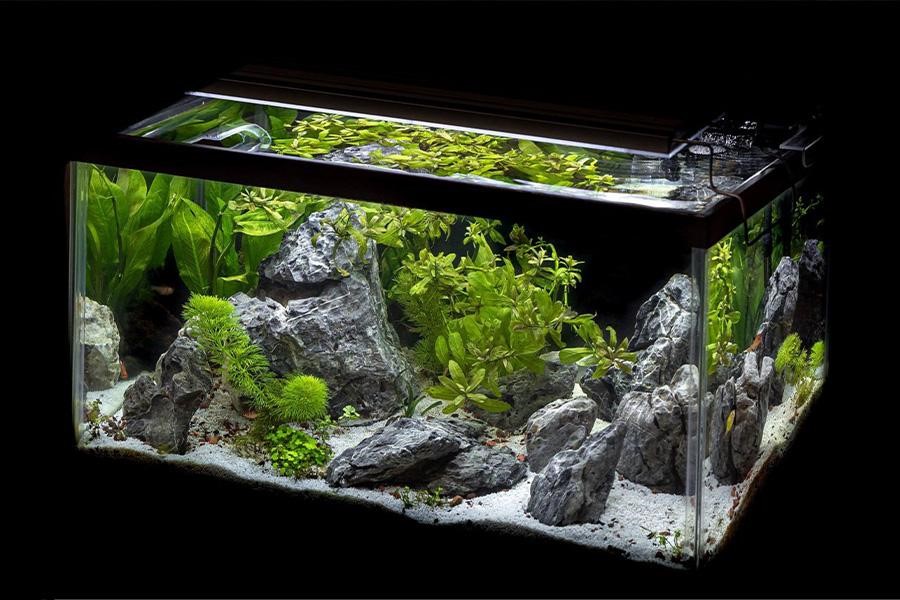
What’s the result of saltwater and freshwater mixtures? Brackish water. This phenomenon happens when the ocean meets a river. Interestingly, some fish species have adapted to this unique habitat. Hence, the birth of brackish aquariums.
However, these tanks aren’t so common and will require expert hands to operate. Therefore, businesses can only offer brackish water aquariums to experienced fish owners. Brackish aquariums are also restricted to areas where brackish water develops.
Coldwater aquarium
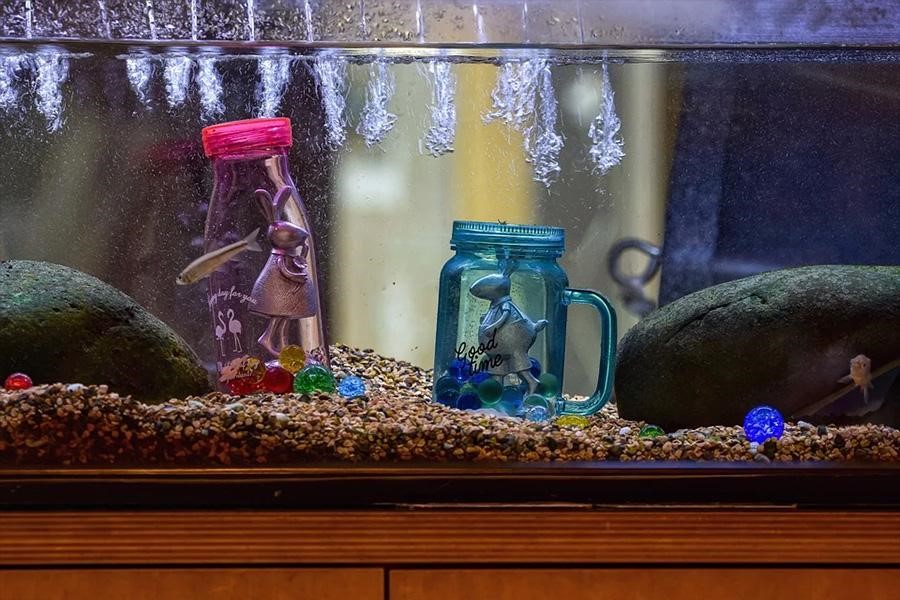
Coldwater aquariums are also entry-level tanks, similar to freshwater aquariums. They’re appealing to beginners and children looking to run aquariums. But they’re not as common as their freshwater tropical counterparts.
These fish tanks feature aerators that help add oxygen to the water. Coldwater aquariums also need specific temperatures to run effectively. These tanks must operate at around 70 degrees Fahrenheit.
Businesses can offer an alternative coldwater aquarium for more experienced fishkeepers. Sellers can also merchandise special equipment, like chillers, to run the aquarium. They can sell them as a package with the aquarium or stock them as separate pieces.
Saltwater or marine aquarium
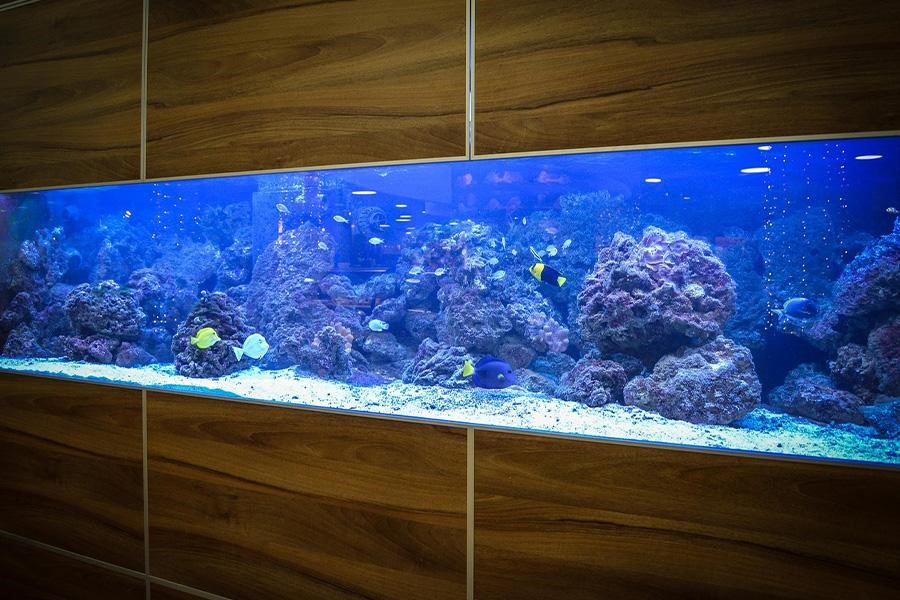
Not all fish species can thrive in freshwater. Marine aquariums are the go-to for consumers interested in saltwater fish species. However, these tanks require more time and effort to maintain.
Sellers can also stock up on the equipment needed to run and manage a marine aquarium. Although marine aquariums are more expensive, sellers will find that they’re worth the investment. Consumers with a thing for saltwater species will naturally gravitate toward marine aquariums.
Generally, saltwater aquariums need more experience to run, making them less beginner-friendly. However, these tanks are ideal for veteran fish keepers who love a challenge.
Add-ons are an essential part of marine aquariums. Retailers can include them in the package (for an extra fee) or sell them separately. These add-ons usually include stunning corals, chemicals, and other beautiful invertebrates.
Large tank

Large tanks are probably what come to mind when consumers think about aquariums. These classic tanks feature at least one transparent side to provide a killer view of the fish. That’s not all. Large tanks can also accommodate amphibians, aquatic plants, invertebrates, and reptiles.
Large aquariums feature high-strength acrylic, allowing them to resist damage from water pressure, and other equipment required to keep the tank running. They also need extra components, like a filtration system, lighting, and a heater or chiller.
These tanks can attract various consumers ranging from beginners to experienced.
Breeder tank
As the name implies, breeder tanks offer housing for breeding fish. They’re much smaller than standard aquariums and use shallower waters.
Breeder tanks also have special features to prevent fish injuries. These features include a protected filter and plastic pieces called traps. These “traps” can separate the fish after breeding to prevent them from fighting.
The plastic pieces also help separate the eggs and small fries to prevent the adults from eating them. Breeder tanks appeal to consumers looking to build an aquarium without having to remove fish from the tank.
Betta fish tank
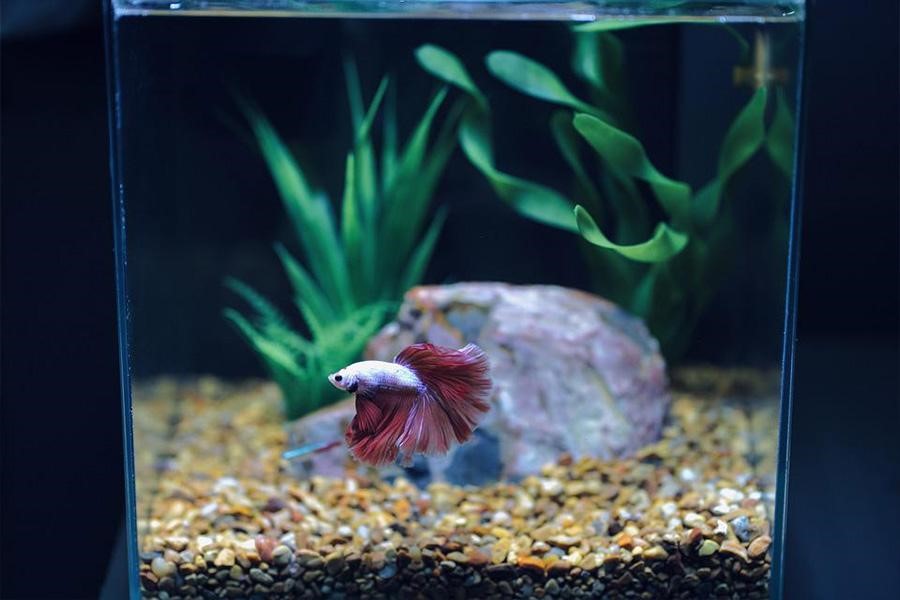
This aquarium is a type of special tank for betta fish. Although these fish species can live in small amounts of water, businesses should consider stocking up on different tank sizes to meet other needs.
Betta fish live better in larger spaces. So sticking to smaller tanks may not be the best choice. Consumers with Betta fish may consider getting a tank that allows this species to stretch out and swim more.
Essential aquarium accessories that are worth mentioning
Fishnet
Fishnets help fish owners catch their fish without stress. Sellers should offer medium-sized nets as it’s the standard for most aquariums.
Hood/lid
The purpose of a hood/lid is to prevent evaporation and keep the fish from jumping out. Businesses can add lids with lights attached to their inventories or stock them as separate units.
Light
Not all aquarium lights come packaged with a lid. Sometimes, consumers may order them as separate units. Businesses must ensure they purchase various aquarium light types. They can stock up on LED, halogen, metal halide, fluorescent, and mercury vapor lights.
Decorations/plants
An aquarium is not complete without some decoration. They come in handy when replicating sea life in an aquarium. Businesses can update their catalogs with various decorations and plants. Stones, corals, and sea flowers are some popular options to attract consumers.
Retailers can also add figurines and other decorative objects to the list.
Filtration system
It’s not possible to run an aquarium without a filtration system. It’s a crucial piece that maintains water cleanliness and quality. Businesses must consider purchasing different filter sizes to match various aquariums.
Algae scrubber
This item is incredibly important for removing pesky algae. Retailers should stockpile various types to appeal to different consumers.
For instance, algae scrubbers are a more affordable option for removing algae, while algae magnets will attract consumers looking for convenience.
Heater
Replicating a habitat also means getting the right temperature. Sellers can offer heaters to consumers who need them to keep their aquariums within the optimum temperature range.
Things to consider before buying aquariums
Weight
Weight is a crucial factor retailers must consider before purchasing aquariums. Anything larger than 200 pounds would require an aquarium stand. Therefore, sellers can decide to include it in the package or sell it separately.
Cost
Aquariums can vary from cheap to expensive investments. A decent twenty-gallon aquarium may cost up to $200. So, businesses must factor in the cost before purchasing fish tanks.
Size
Size is one factor that depends more on consumer preferences. Businesses can stock up on different sizes or stick to a particular size.
Number of fish
Capacity is another crucial factor that’s relatable to size. Businesses should supply their inventories with tanks featuring various capacities. Fish tanks can range from small to large capacities.
Closing words
Although most fish species don’t need much care and attention, setting up an aquarium may be more than consumers anticipate.
Failing to maintain an aquarium can be deadly to the fish it’s housing. Sellers must present adequate offers to match consumer demands for aquariums and accessories.
Businesses can choose from several aquarium types listed in this article to ensure consumers get the perfect tank for their fishkeeping needs.
